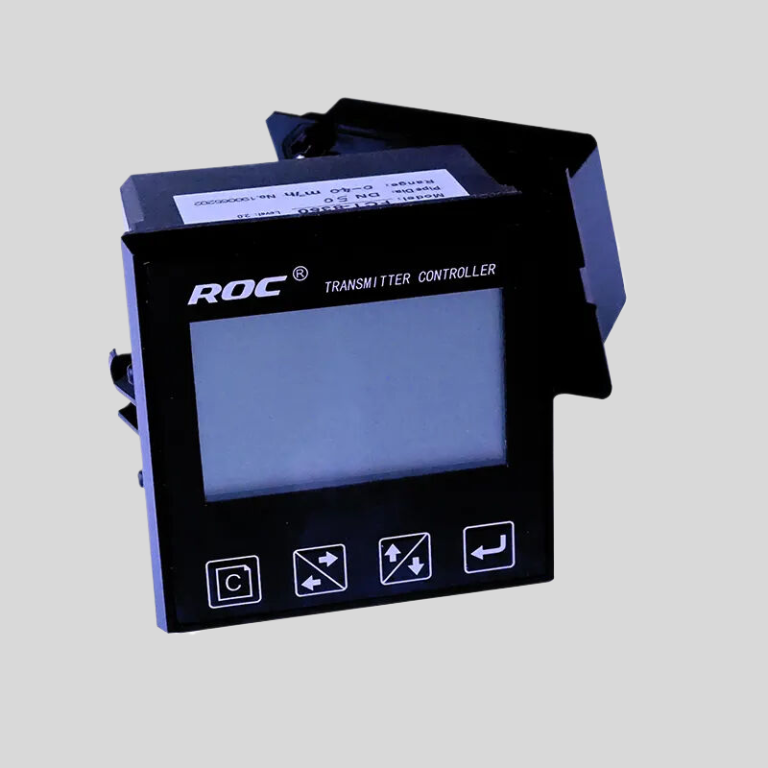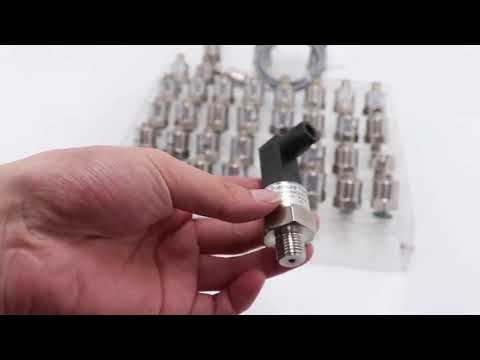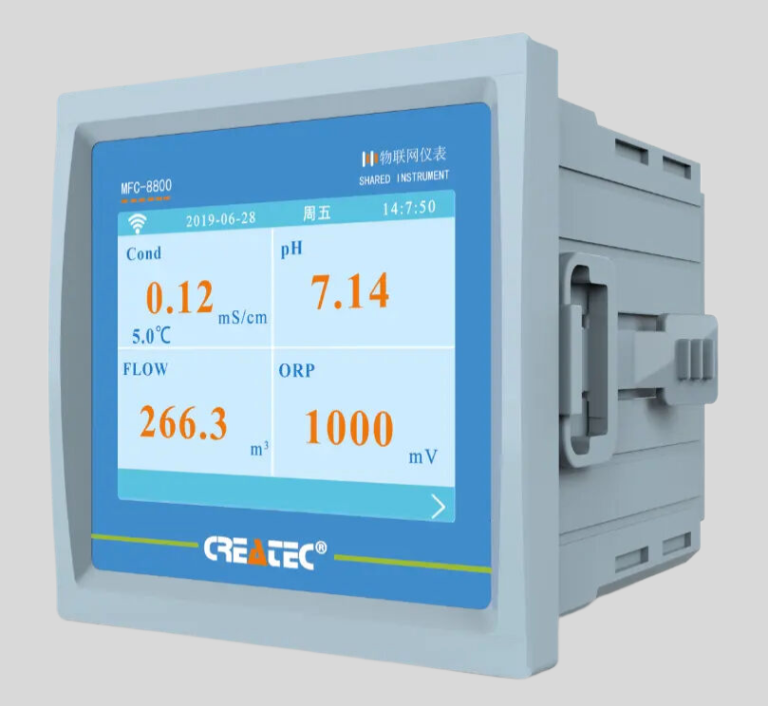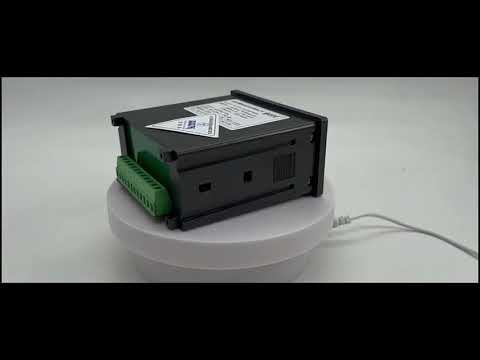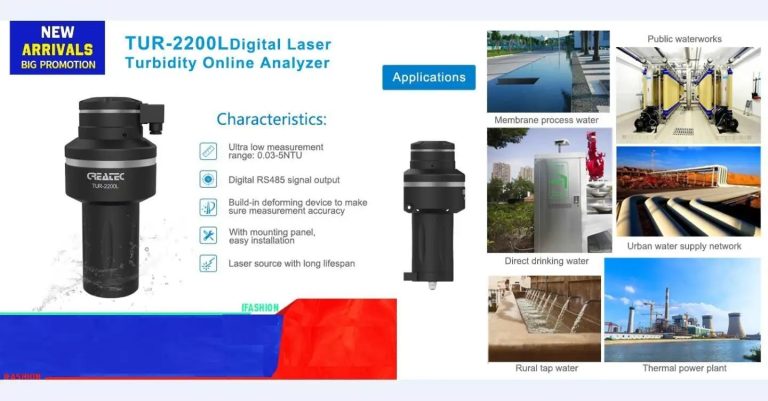Table of Contents
Proper Calibration Techniques for ph meter User Manual
A pH meter is a crucial tool for anyone working in a laboratory setting, as it allows for accurate measurement of the acidity or alkalinity of a solution. However, in order to ensure that your pH meter is providing accurate readings, it is essential to calibrate it properly. In this user manual, we will outline the proper calibration techniques for a pH meter to help you achieve reliable and consistent results.
Before calibrating your pH meter, it is important to gather all the necessary materials. You will need calibration solutions of known pH values, typically pH 4.01, pH 7.00, and pH 10.01. These solutions can be purchased commercially or prepared in-house using a pH buffer solution. Additionally, you will need a clean beaker or container to hold the calibration solutions, as well as a clean and dry electrode for the pH meter.
To begin the calibration process, start by rinsing the electrode with distilled water to remove any residue or contaminants. Next, immerse the electrode in the pH 7.00 calibration solution and allow it to stabilize for a few minutes. Once the reading on the pH meter stabilizes, adjust the calibration knob or settings on the meter until it reads the correct pH value of 7.00.
After calibrating the pH meter with the pH 7.00 solution, rinse the electrode with distilled water and repeat the process with the pH 4.01 and pH 10.01 calibration solutions. It is important to calibrate the pH meter with at least two different pH values to ensure accuracy across a wider range of measurements.
During the calibration process, it is crucial to handle the calibration solutions and electrode with care to prevent contamination. Make sure to use clean containers for the calibration solutions and avoid touching the electrode with your fingers, as oils and dirt can affect the accuracy of the readings.
Once you have completed the calibration process, rinse the electrode with distilled water and store it properly in a storage solution or buffer solution to maintain its integrity. It is recommended to recalibrate the pH meter regularly, especially if it is used frequently or if you notice any inconsistencies in the readings.
In addition to proper calibration techniques, it is important to follow the manufacturer’s instructions for using and maintaining the pH meter. Regular maintenance, such as cleaning the electrode and storing it properly, can help prolong the lifespan of the pH meter and ensure accurate readings.
In conclusion, proper calibration of a pH meter is essential for obtaining reliable and consistent results in the laboratory. By following the steps outlined in this user manual and adhering to best practices for handling and maintaining the pH meter, you can ensure that your measurements are accurate and reproducible. Remember to calibrate your pH meter regularly and handle it with care to maximize its performance and longevity.
Troubleshooting Common Issues with pH Meter User Manual
A pH meter is a valuable tool for measuring the acidity or alkalinity of a solution. However, like any piece of equipment, it can encounter issues that may affect its accuracy and performance. In this article, we will discuss some common problems that users may encounter when using a pH meter and provide troubleshooting tips to help resolve these issues.
One common issue that users may face is inaccurate readings. This can be caused by a variety of factors, such as a dirty or damaged electrode, improper calibration, or a malfunctioning meter. To address this issue, users should first ensure that the electrode is clean and free of any debris that may be affecting its performance. If the electrode is dirty, it can be gently cleaned with a soft cloth or a mild detergent solution.
Calibration is another important factor that can affect the accuracy of pH meter readings. If the meter is not properly calibrated, it may provide inaccurate results. Users should follow the manufacturer’s instructions for calibrating the meter and ensure that the correct buffer solutions are used. If the meter continues to provide inaccurate readings after calibration, it may be necessary to replace the electrode or have the meter serviced by a professional.
| FCT-8350 Flow Transmitter | |
| Measurement range | Instantaneous flow:(0~2000)m3/h;Accumulated flow:(0~99999999)m3 |
| Flow rate | (0~5)m/s |
| Applicable pipe diameter | DN 25~DN 1000 for selection |
| Resolution | 0.001 m3/h |
| Renew interval | 1S |
| Accuracy | 2.0 level |
| Repeatability | \\u00b10.5% |
| Probe input | Range :0.5Hz~2KHz;Power supply:DC 12V(instrument supply) |
| Analog output | (4~20)mA,Instrument/transmitter for selection; |
| Control output | Semi-conductor photo electronic relay,Load current 50mA(max),AC/DC 30V |
| Control mode | Instantaneous flow high/low limit alarm, flow variable frequency conversion |
| Working power | DC24V |
| Power consumption: | <3.0W |
| Cable length | 5m as standard ; or(1~500)m for selection |
| Working environment | Temp.:(0~50)\\u2103;relative humidity\\u226485%RH(non condensation) |
| Storage environment | Temp.:(-20~60)\\u2103; relative humidity:\\u226485%RH(non condensation) |
| Protection level | IP65(with back cover) |
| Dimension | 96 mm\\u00d796 mm\\u00d794mm (H\\u00d7W\\u00d7D) |
| Hole size | 91mm\\u00d791mm(H\\u00d7W) |
| Installation | Panel mounted,fast installation |
Another common issue that users may encounter is a slow response time. This can be frustrating for users who need quick and accurate results. Slow response time can be caused by a variety of factors, such as a weak or aging electrode, a low battery, or a malfunctioning meter. To address this issue, users should first check the battery level and replace it if necessary. If the battery is not the issue, users may need to replace the electrode or have the meter serviced.
Users may also encounter issues with temperature compensation. pH meters are designed to provide accurate readings at a specific temperature range, and variations in temperature can affect the accuracy of the results. Users should ensure that the meter is properly calibrated for the temperature range in which it will be used and take care to maintain a consistent temperature during measurements. If the meter continues to provide inaccurate readings despite proper temperature compensation, users may need to replace the electrode or have the meter serviced.
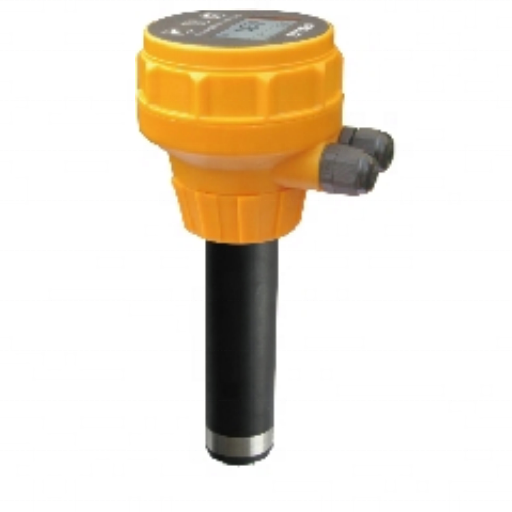
In conclusion, pH meters are valuable tools for measuring the acidity or alkalinity of a solution, but they can encounter issues that may affect their accuracy and performance. By following the troubleshooting tips provided in this article, users can address common problems such as inaccurate readings, slow response time, and temperature compensation issues. If these issues persist, users may need to replace the electrode or have the meter serviced by a professional. By taking care to properly maintain and calibrate their pH meter, users can ensure that they continue to receive accurate and reliable results.

